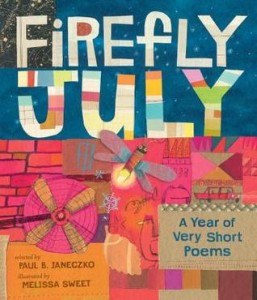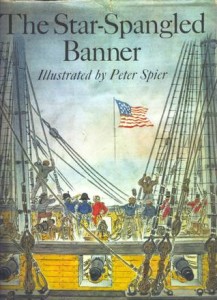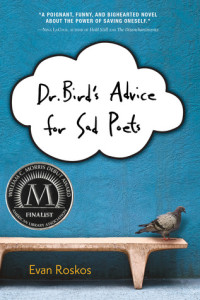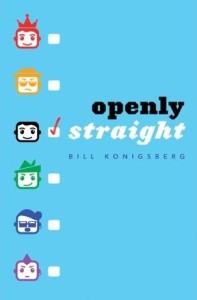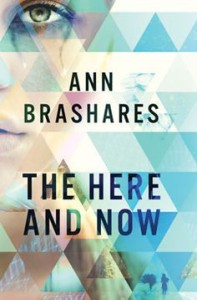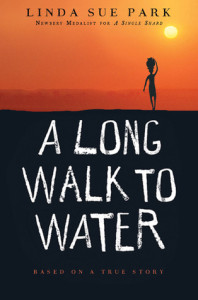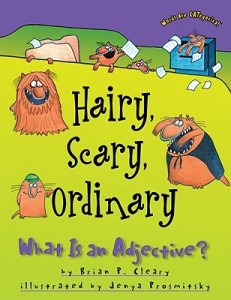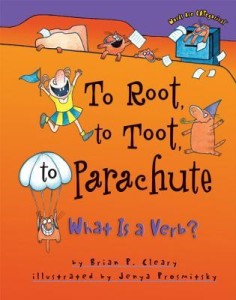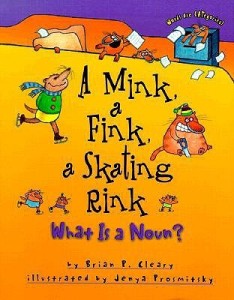Nonfiction Picture Book Wednesday
Nonfiction Picture Book Wednesday is hosted by Kid Lit Frenzy and was started to help promote the reading of nonfiction texts. Most Wednesdays, we will be participating and will review a nonfiction text (though it may not always be a picture book).
Be sure to visit Kid Lit Frenzy and see what other nonfiction books are shared this week!
Firefly July: A Year of Very Short Poems
Selected by: Paul B. Janeczko
Illustrator: Melissa Sweet
Published March 11, 2014 by Candlewick Press
Goodreads Summary: Celebrated poet and anthologist Paul B. Janeczko pairs with Caldecott Honoree Melissa Sweet for a collection of short poems to sample and savor.
It only takes a few words, if they’re the right words, to create a strong image. Whether listened to in the comfort of a cozy lap or read independently, the thirty-six very short poems in this collection remind readers young and old that a few perfect words and pictures can make the world glow. Selected by acclaimed poet Paul B. Janeczko and gorgeously illustrated by Melissa Sweet, Firefly July: A Year of Very Short Poemsinvites children to sample poems throughout the four seasons.
My Review: Paul B. Janeczko did a wonderful job choosing poems that represent each season beautifully from amazing poets such as Sandburg, Williams, Hughes, and Fletcher, then add Melissa Sweet’s mixed media illustrations that engulf the page in color, and you have a perfect poetry anthology for any age. There isn’t much more to say about this book, but that it is something every person should see.
Teachers’ Tools for Navigation: What can you not do with this book?! It has every type of poem imaginable that can be used in so many different situations. Need an example of a type of figurative language? You’ll find it in here. Need an example of a rhyme scheme? Yep, in here. Need to talk about rhythm? This’ll do. Want to introduce poetry? Have examples of poems for mentor texts? Allow students to draw how they interpret different poems and come back together and share? All can be done with this. And all with short, non-overwhelming, yet amazing poems.
Discussion Questions: What poems would you have chosen for the different seasons?; Which poem is your favorite?; How do you picture ______?
We Flagged:

Read This If You Loved: Any poetry.
Recommended For:
**Thank you to Rachel at Candlewick for providing a copy for review**

